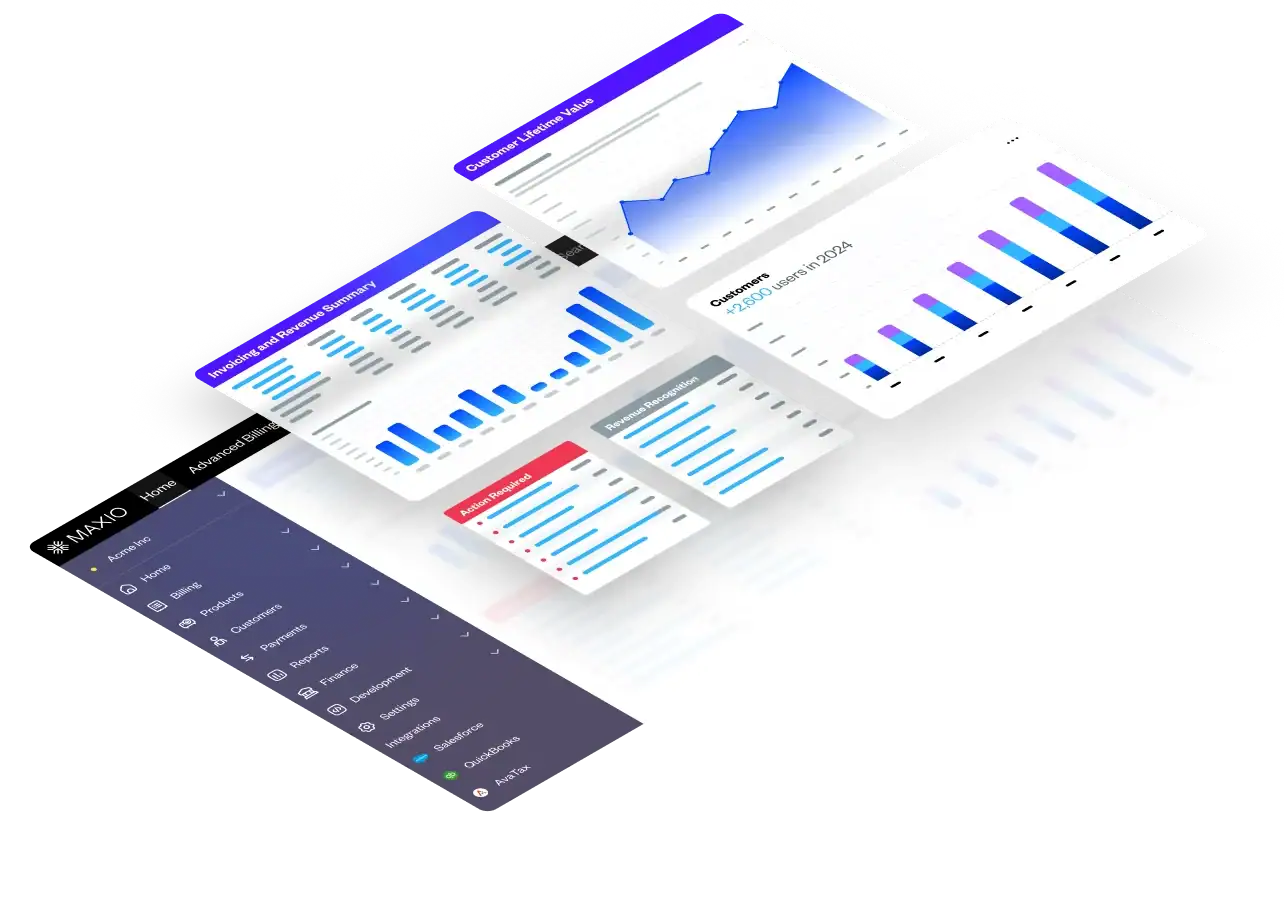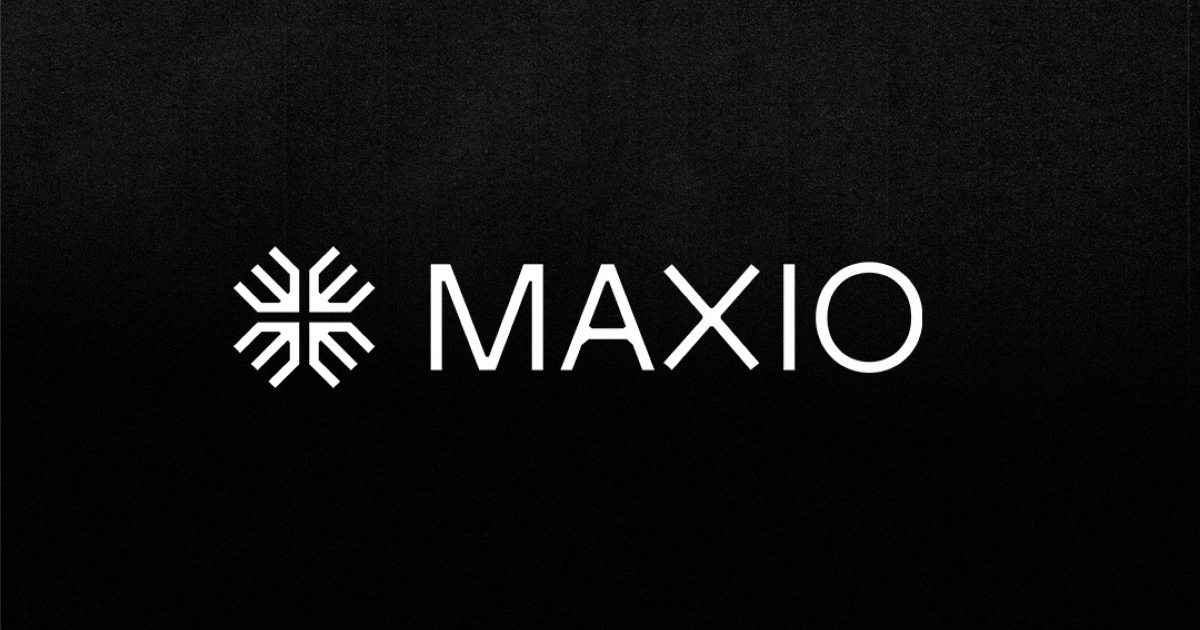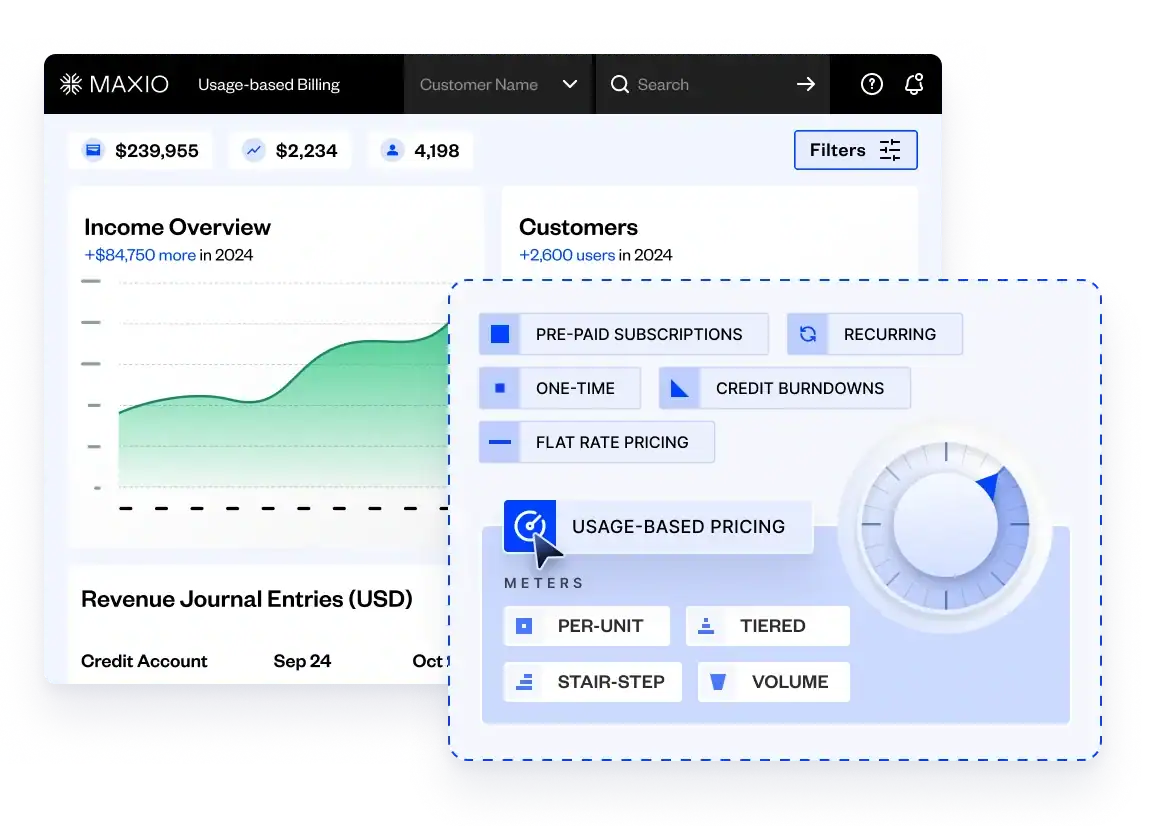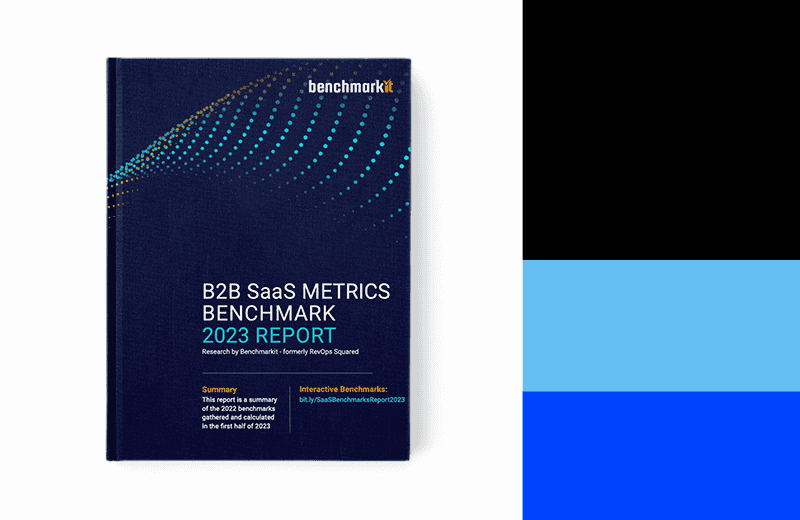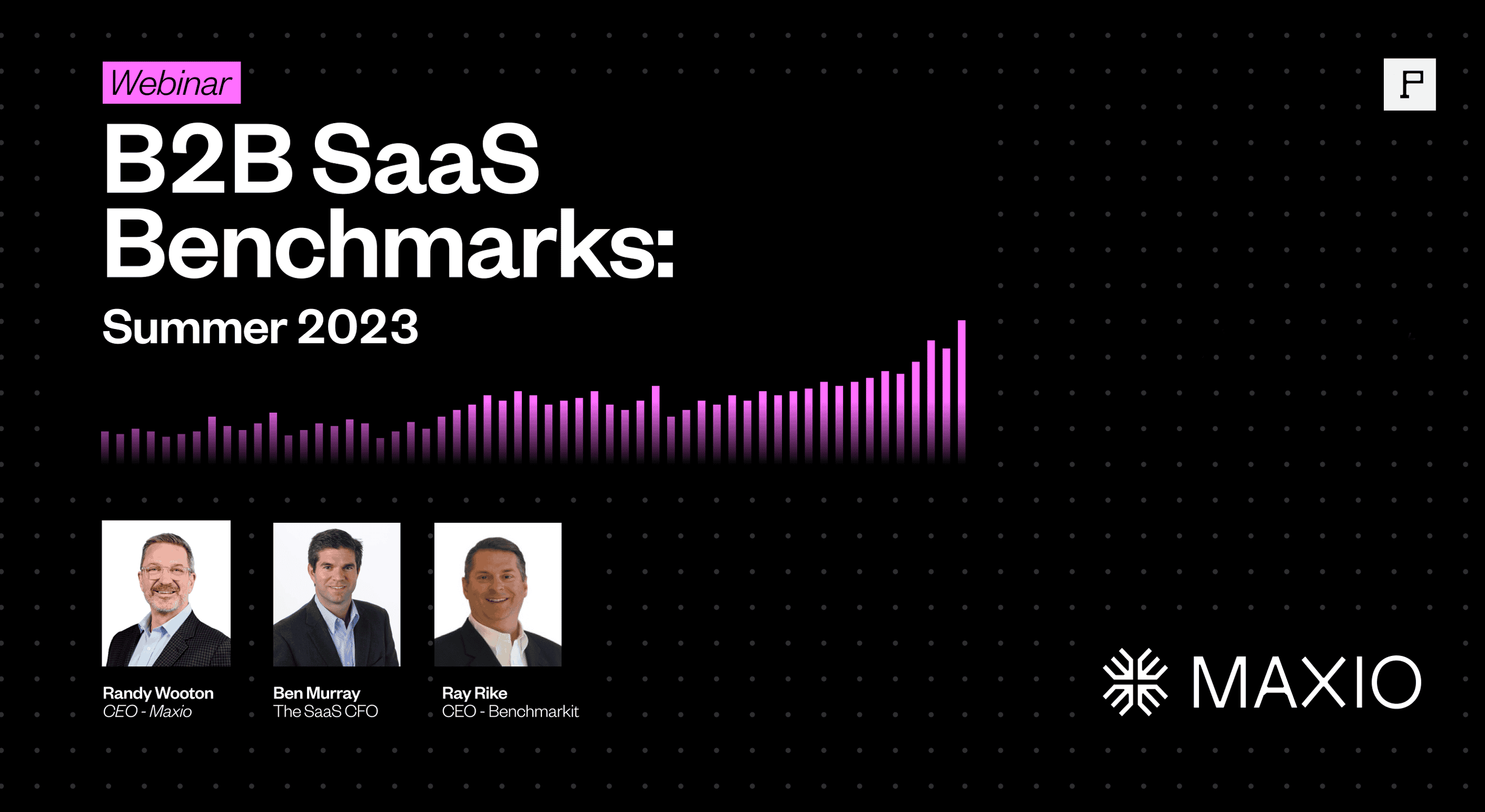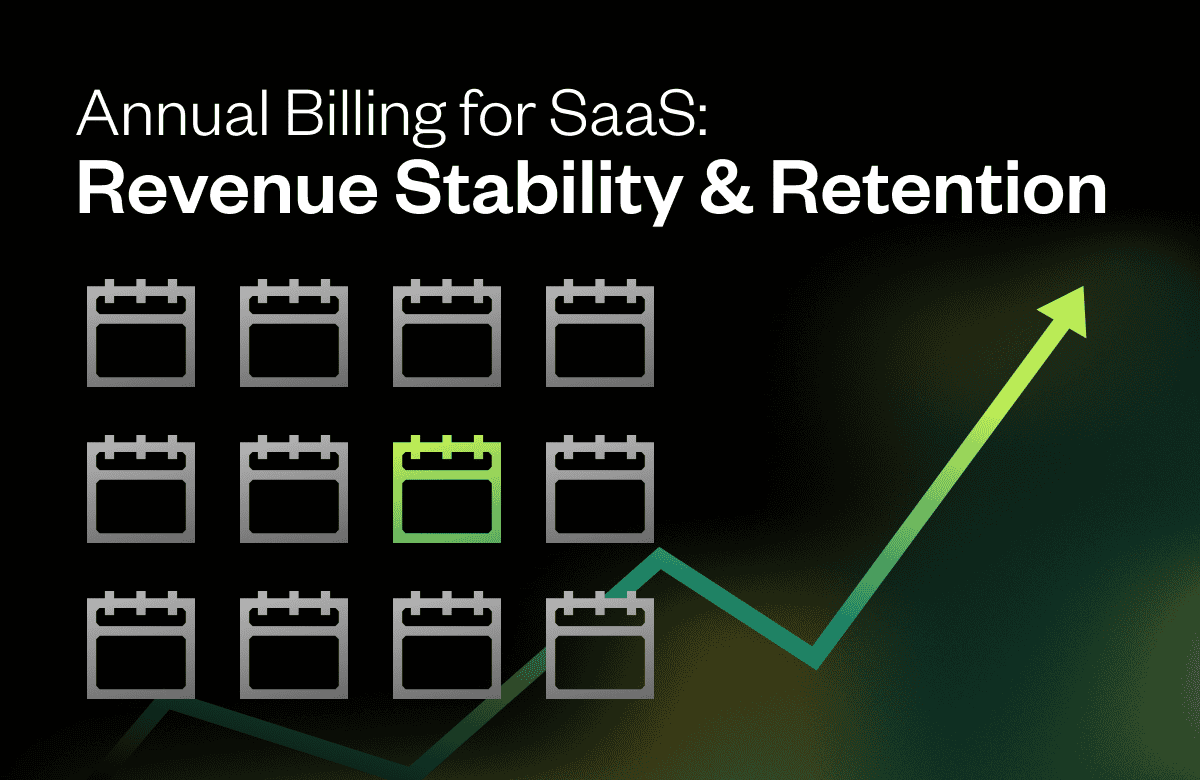Advanced enterprise pricing models are strongholds that help growing SaaS companies gain customers, increase revenue, and can even be used to boost perception in the marketplace.
But what are enterprise pricing models?
What Is an Enterprise Pricing Model?
Enterprise pricing models display the tiered goods and services offered to many companies at different price points. While this sounds straightforward, implementing an enterprise pricing strategy can get complex very quickly. First of all, there are multiple pricing models, each with its own use case. Secondly, many companies’ ideal pricing strategy is composed of many different models to best support the unique use cases of their customers.
Choosing the right pricing model for your business can significantly lower (or raise) your cost of customer acquisition, help grow your customer base, while generating more revenue from existing customers.
The 5 Enterprise Pricing Models for SaaS
When it comes to enterprise pricing, there’s no “best” pricing model. But there’s probably a best model for your business. Each pricing model has its own set of pros and cons, so your choice is going to depend on what you’re selling and who your customers are.
From a high level, here are 5 different pricing models SaaS companies should consider:
1. Flat Rate Pricing
While some SaaS companies may have all the tiers, stacks, add-ons, and juicy extras, some customers don’t appreciate that pricing strategy. The best word to describe a flat-rate pricing structure is simple. You take one product (or a set of features) and slap a price tag on it.
Starting with flat rate pricing and evolving with time is a bulletproof strategy for up-and-coming SaaS companies that plan to expand their offering in the future.
Why it’s effective:
Flat rate pricing is beneficial for SaaS companies because it states value and price in easy-to-understand terms for the customer. It also works well when bringing a new product to market.
What to consider:
Some potential downfalls with flat rate pricing plans include difficulty scaling along with the customer’s needs and trouble keeping up with the competition’s endless slew of additional features—some of which can skew the perceived value of flat-rate products.
2. Usage-Based Pricing
Having customers pay for what they use seems efficient, right? The usage-based pricing model charges for tangible product use like emails, sessions, hours, and just about anything else provided on a SaaS platform. Usage-based pricing is common in infrastructure and platform-related companies that offer space, processing, and API requests.
Why it’s effective:
Many companies want access to the best features and the best product possible but don’t have the budget to satisfy their customers’ needs. Usage-based pricing allows for flexible pricing and additional features that scale with your business. These models can take the sting out of bad months and help customers justify spending money on software.
What to consider:
In a usage model, there are downsides; one of the biggest is anchoring yourself to your client’s success. Your business is already contingent on the client’s business, but usage-based pricing increases that dependence. If they don’t get paid—you don’t either.
3. Tiered Pricing
The tiered approach is the kingpin of SaaS business offerings. In a tiered model, expect two or more offerings—each with its own set of features. These blocks of features are often used to swoon customers from all price points: low, medium, or high.
Why it’s effective:
Tiered pricing works well because it allows companies to pivot their offering towards a specific customer base. This pushes the boundaries of the total addressable market and captures clients in every stage of their business lifecycle. It also allows them to scale into the next package as their company needs it.
What to consider:
It’s easy to go overboard on this one. Some companies will have four, five, or even six different packages loaded with features. From the customer’s perspective, these packages can be confusing and might lead them to question the value offered in each one.
4. Per User Pricing
This pricing strategy is straightforward and transparent, which is why SaaS companies love to charge on a per-user basis. It unlocks a set of features for however many (or few) users are paid.
Why it’s effective:
Per user pricing makes SaaS pricing easy to understand. Customers know exactly what they’re paying for when they purchase another seat. In contrast, when customers upgrade to a new package, it may be difficult to determine the value of additional features.
What to consider:
From the perspective of the customer, a per user model doesn’t encourage adding new users. It makes more sense for them to run slim and make compromises to avoid a price hike. That type of psychology isn’t good for growth.
Bonus: Per Active User Variant
Some SaaS companies use an active per user model to get more users to sign up. Per active user models are fundamentally the same as per user, but the customer is only charged for how many active users they have on the platform.
This dynamic can nudge companies to sign more users by eliminating the friction associated with “new user signup.”
5. Freemium
Giving the software you spent countless hours creating for free can feel like a sick joke. However, it’s an exceedingly common pricing strategy in the SaaS industry. The target objective of freemium models is to get audiences hooked and then offer upgraded packages for a fee.
Why it’s effective:
“Prove it.” That’s how customers think. Understandably, they don’t want to pay for a faulty or inefficient product. That’s where freemium pricing comes in clutch.
Self-guided sign-ups help build a user base that (hopefully) loves your product. The freemium model lowers the cost of acquiring customers with the assumption that a good amount of those free users will eventually upgrade to the premium version.
What to consider:
Let’s ask the obvious: what if customers never upgrade to the paid version? Offering a freemium model opens the door to a lot of risk in that regard. It may even make customers feel as if the paid version is less valuable.
Enterprise Pricing Models Help Grow Your Business
Enterprise pricing models come in all shapes and sizes, but none are “best” for any particular SaaS company. Plugging your business model into one (or multiple) of these pricing models can help you understand which will provide steady revenue and growth.
Once you’ve selected the right model for your SaaS company, it’s time to talk about billing. Chargify makes subscription management, accounting, and analytics easy with our robust software solution that integrates with all your existing products. From simple flat pricing to complex usage-based models, we do it all. Request a demo and see how Maxio can help your business scale with purpose.
